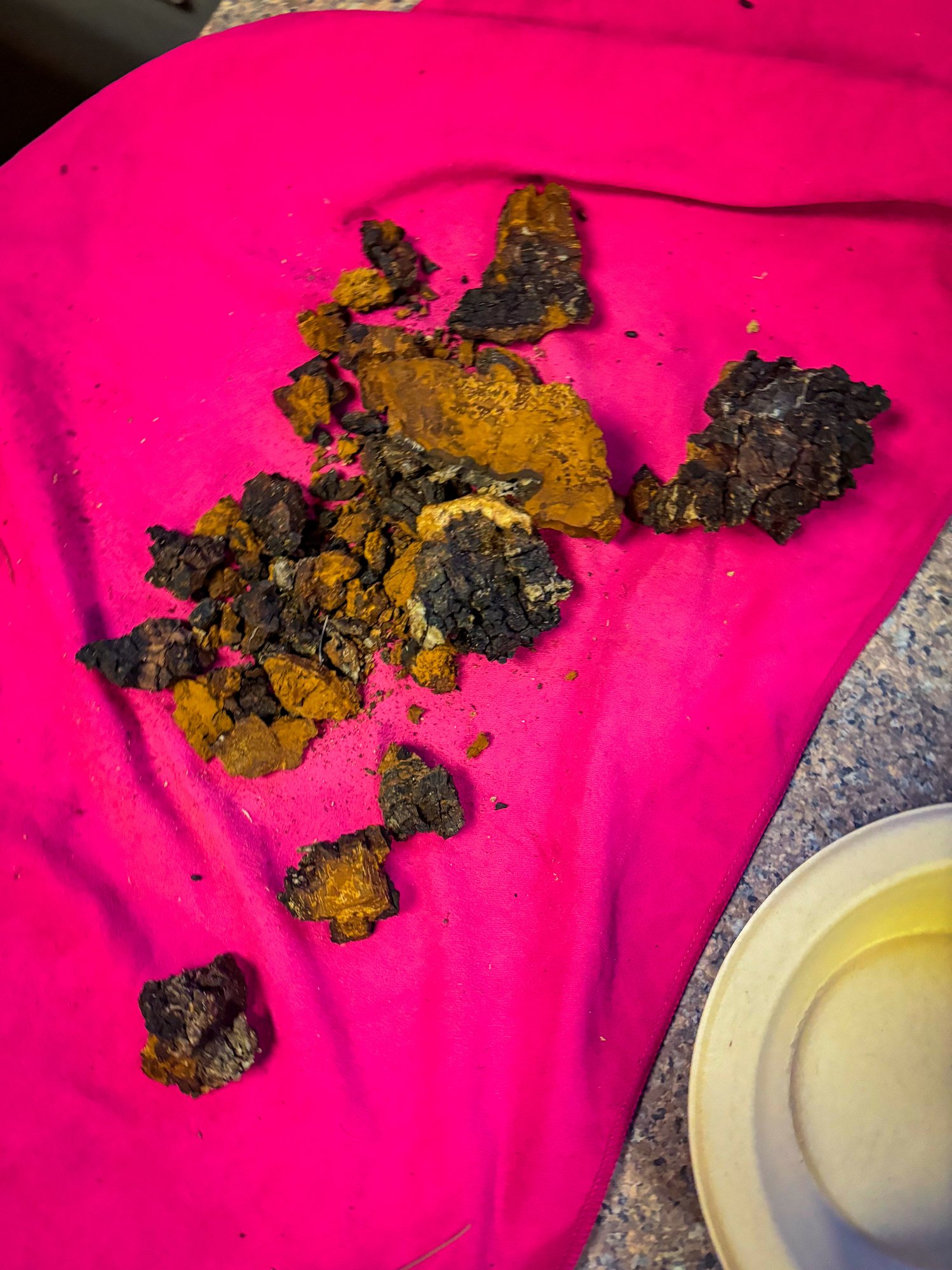If there was a theme for the inaugural Leave Her Wild weekend retreat, it was 'noticing.' Foraging is all about using our senses to notice things others don't. And what better place to practice than the hidden gem that is Camp Little Notch in Fort Ann, New York.
Leave Her Wild 2024 was such an extraordinary weekend! We began the weekend's adventure with getting to know the camp through foraging, noticing, and exploring the key identifying features when finding mushrooms. The land burst with mycelial magic!






This of course isn't an exhaustive list—we also Slippery Jacks, Waxy Caps, LBMs (little brown mushrooms), Russulas, Witch's Butter, and more!